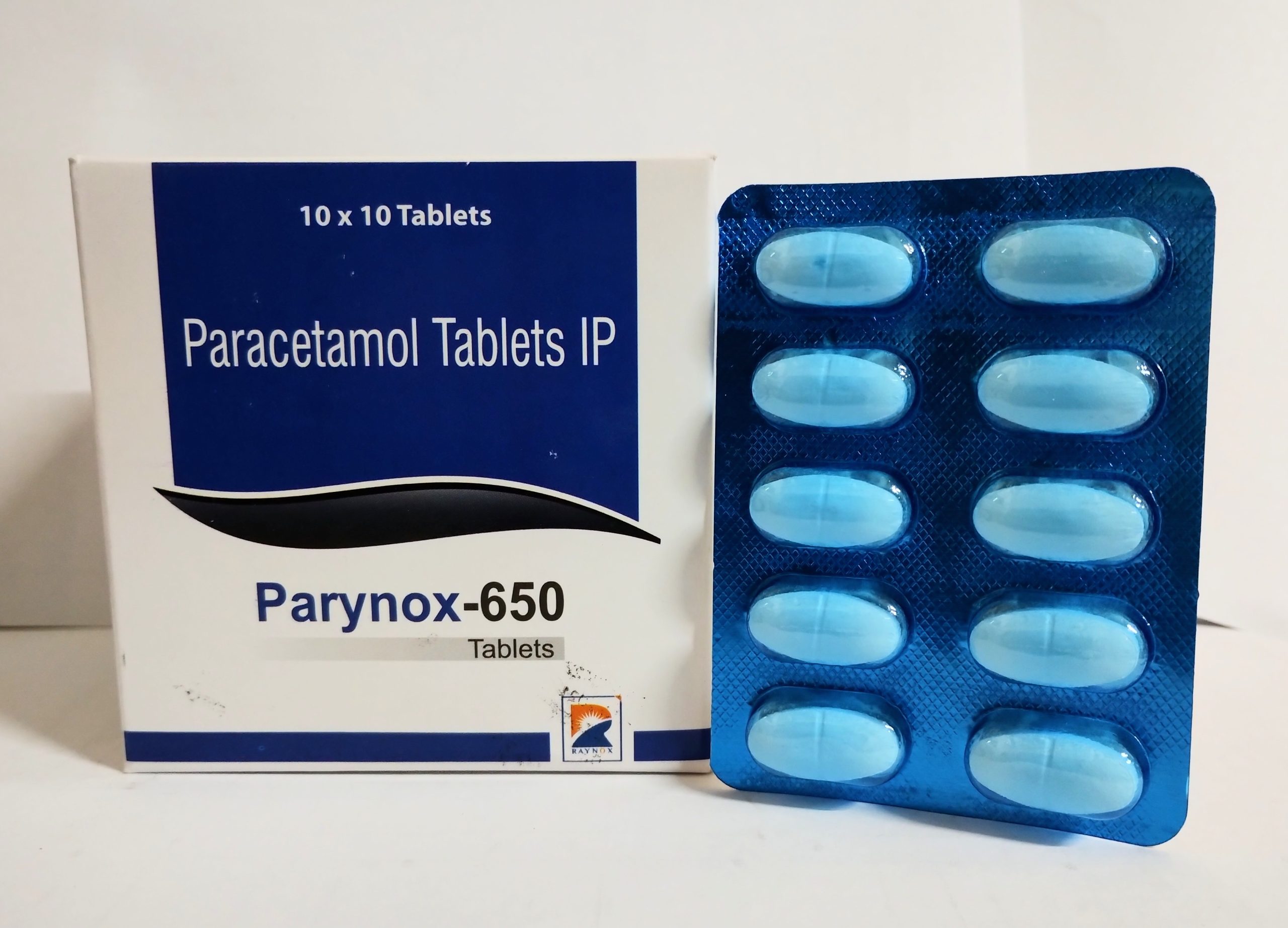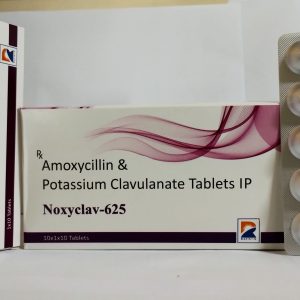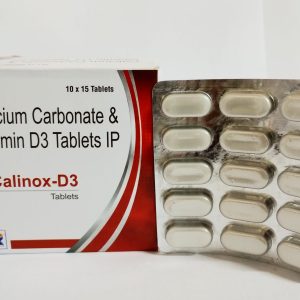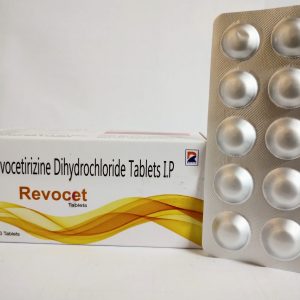DESCRIPTION
Propacetamol: Acetaminophen, also known as paracetamol, is commonly used for its analgesic and antipyretic effects. Its therapeutic effects are similar to salicylates, but it lacks anti-inflammatory, antiplatelet, and gastric ulcerative effects.
SIDE EFFECTS
Paracetamol
Oral, mouse: LD50 = 338 mg/kg; Oral, rat: LD50 = 1944 mg/kg. Acetaminophen is metabolized primarily in the liver, where most of it is converted to inactive compounds by conjugation with glucuronic acid and, to a lesser extent, sulfuric acid. Conjugates are then excreted by the kidneys. Only a small portion is excreted in unchanged in urine or oxidized via the hepatic cytochrome P450 enzyme system (CYP2E1). Metabolism via CYP2E1 produces a toxic metabolite, N-acetyl-p-benzoquinoneimine (NAPQI). The toxic effects of acetaminophen are due to NAPQI, not acetaminophen itself nor any of the major metabolites. At therapeutic doses, NAPQI reacts with the sulfhydryl group of glutathione to produce a non-toxic conjugate that is excreted by the kidneys. High doses of acetaminophen may cause glutathione depletion, accumulation of NAPQI and hepatic necrosis. The maximum daily dose of acetaminophen is 4 g. Liver failure has been observed at doses as low as 6 g per day. As such, the maximum daily and single dose of acetaminophen is currently being reviewed in some countries. N-acetyl-cysteine, a precursor of glutathione, may be administered in the event of acetaminophen toxicity.
INDICATION
Paracetamol
For temporary relief of pain.





